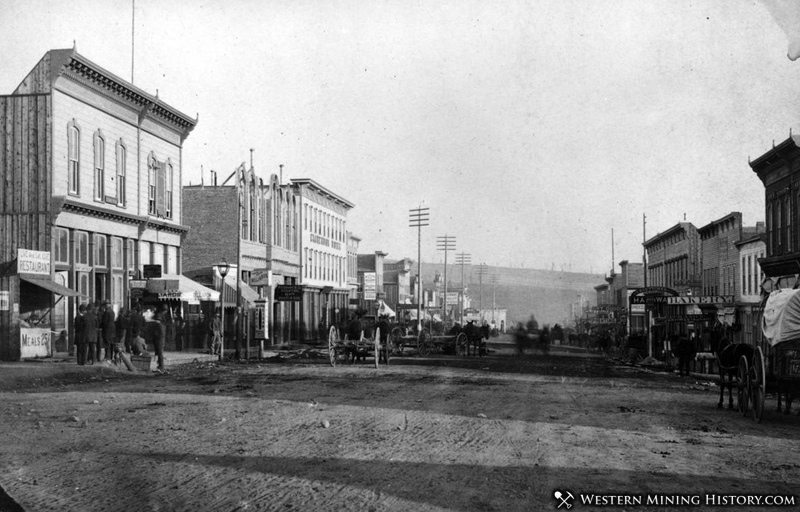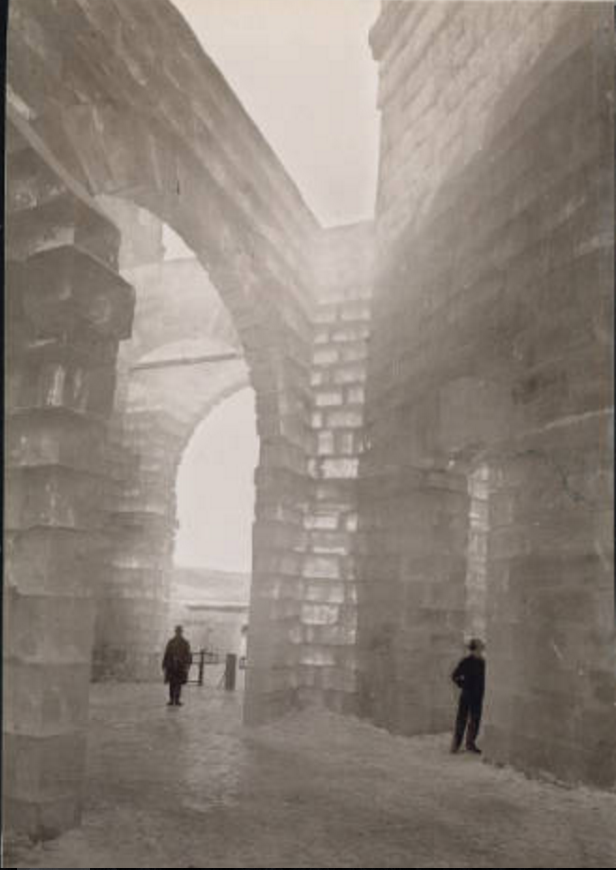
Leadville was established in much the very same method as many Colorado mining towns in the mid-19th century: with the discovery of gold. The Pikes Peak Gold Rush or Sherman Silver Purchase Act caused the Panic of 1893 when the worth of silver unexpectedly plummeted. A lot of Leadville’s rich mining locals, consisting of Horace Tabor, lost their fortunes practically over night and the town fell on extremely difficult times.
(Image from Denver Town Library)
In 1895, with a number of Leadville’s services facing personal bankruptcy, the town’s leaders proposed a significant and dangerous concept for a major winter carnival to draw travelers and organisation back to the town and keep Leadville’s remaining homeowners in town for the winter season. The centerpiece of the carnival would be a giant, crystal palace built out of strong blocks of ice and large enough to house all the occasions of the carnival. Because Leadville stood at over 10,000 feet and typically had snow year-round, town leaders believed that, put effectively, the Crystal palace might also remain all year and become an irreversible community structure and traveler destination. The carnival organizers employed designer Charles E. Jay, who had designed the ice castle for Saint Paul, Minnesota’s winter carnival.
Through financing and support from the town’s local entrepreneur, as well as task manager, Tingley S. Wood, construction of the Crystal Palace began on November 1, 1895. It took a team of over 250 men working day and night to construct the palace’s timber and metal framework and carry its over 5,000 lots of ice in from Palmer Lake. The ice was the shaped, shaved, and stacked to offer the Crystal Palace the appearance of having been constructed completely from ice. The ice walls were then sprayed down with water to freeze the blocks together and act as a kind of mortar. After only 36 days, the Crystal Palace was complete. Its towers reached over 90 feet high and 40 feet broad and enclosed over 58,000 square feet on
over 5 acres of ground. It was a work of art. Skating Rink inside Crystal Palace(Image from LegendsOfAmerica.com)The Palace included a 20-foot broad boardwalk, a ballroom, a skating rink, and even a restaurant that displayed its meals frozen in blocks of ice as part of the structure. Home builders had also frozen electrical lights into the walls of the palace so that it appeared to sparkle and glow. On January 1,1896, the winter carnival began and the Ice Palace was officially opened to the public as more than 2,000 visitors shown up in town to admire the structure. Admission to the Palace was 50 cents for grownups and 25 cents for kids and included usage of the ballroom and skating rink. Season tickets were likewise made readily available, so that town residents and regular visitors could utilize the Palace once again and once again. The Palace appeared to be a remarkable success and regional railroads even promoted the tourist attraction with special routes and group rates.

(Image from Denver Town Library)
(Image from LegendsOfAmerica.com)
Historical Paper Articles About Leadville’s Crystal Palace
- The Leadville Ice Palace Colorado Transcript January
- 1, 1896 Ice Palace Not Completed Aspen Weekly Times
- January 4, 1896
- In Our Yard Leadville Daily and Night Chronicle January 4, 1896
- January 17, 1896
- 1, 1896 Ice Palace Not Completed Aspen Weekly Times

